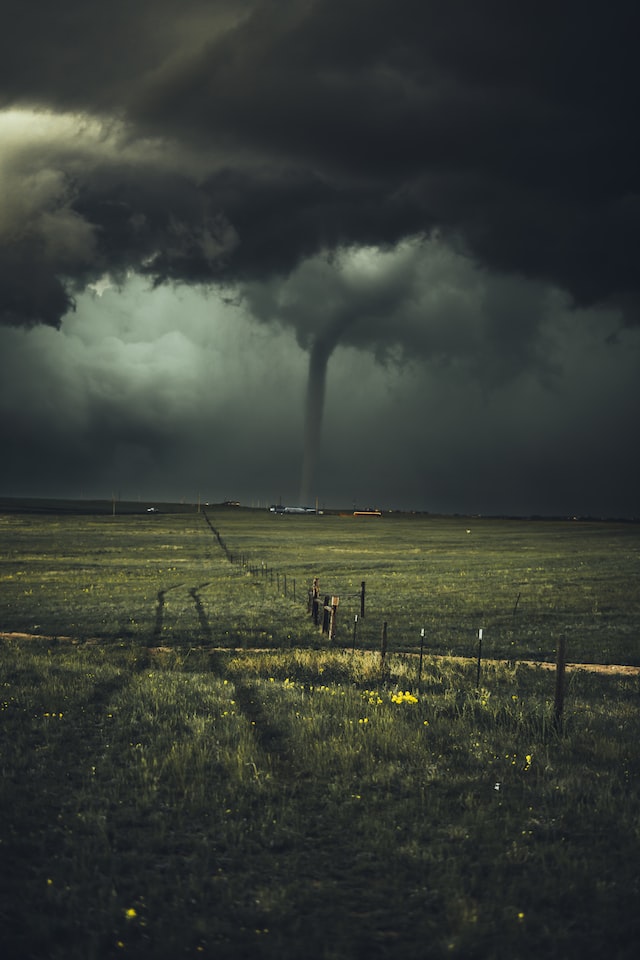Catastrophe Vs conflict: Turkey & Syria, one week on. Ukraine, nearly one year in

Turkey’s president has called the earthquake that hit the southern part of his country and northwest Syria on February 6 “the disaster of the century”.
Edwin Nissen, a professor of seismology at the University of Victoria in British Columbia, has said the two quakes were among the top five or 10 largest continental quakes ever recorded.
An official of Turkey’s Disaster and Emergency Management Authority (AFAD) has said the first 7.7 magnitude earthquake had the effect of releasing energy as powerful as 500 atomic bombs.
And Saskia Goes, professor of Geophysics at London’s Imperial College has said a second earthquake of almost the same size is very unusual. The second quake was not an aftershock, she indicated; it was nearly as massive as the first.
The scale of destruction surpasses anything I have seen. It is worse than the Syrian city of Raqqa after months of being pounded by artillery and airstrikes The Times, London, from Antakya, Turkey, February 11, 2023
Across the world, people grieve, even from faraway, for what they see and hear of fellow human beings’ immense suffering in Turkey and Syria. The religious say it was the act of an angry god. The scientifically minded say it was the result of the movement and collision of the earth’s tectonic plates.
It was certainly one of the most powerful earthquakes to hit the region for a 100 years.
Within one week of the two quakes, the civilian death toll was five times that of Ukraine, which grieves for its lost families and friends after nearly a year of Russia’s brutal war.
How does one compare a natural disaster and an unnatural one? Catastrophe Vs conflict? Why compare? How can you compare suffering?
In their 2014 paper published in Third World Quarterly, political scientist Dr Elisabeth King and seismologist Dr John C. Mutter note politicians’ and journalists’ tendency to compare disasters and violent conflicts, especially their immediate consequences. They cite Haiti’s President Rene Preval after the January 2010 earthquake: “The damage I have seen here can be compared to the damage you would see if the country was bombed for 15 days. It is like in a war”. And Dr Jean-Francois Corty of Medecins sans Frontieres (MSF) after the 2005 earthquake in Pakistan: Reminds me of “images from a war zone”.
Similarities run the other way as well, Drs King and Mutter added. For instance, The Washington Post’s report that, for ethnic Tamils, “the war in Sri Lanka [was] like a tsunami that won’t end”. And all those reports on the early days of the Arab Spring, when disturbances were dubbed a “tsunami of protest”.
Mostly though, the imagery is of war. After the Turkey-Syria earthquakes, Louise Callaghan reported for The Times, London from Turkey: “The scale of destruction surpasses anything I have seen. It is worse than the Syrian city of Raqqa after months of being pounded by artillery and airstrikes. It is worse than anything on the front lines in Donbas, or eastern Aleppo, or Mosul. I had to look at a map to recognise streets I had walked down dozens of times.”
Not everyone swaps terminology like this. Drs King and Mutter write that “Scholars of humanitarianism often subsume conflicts and disasters into a single ’emergency’ category, but usually take similarities for granted rather than exploring them explicitly and do not typically consider causes”. NGOs too do not usually distinguish between conflicts and disasters in terms of relief. MSF’s mission statement, for instance, says it “delivers emergency aid to people affected by armed conflict…and natural or [hu]man-made disasters”. Catholic Relief Services says it responds to “major emergencies” of all varieties.
But NGOs that work on longer-term responses and prevention do separate conflicts and disasters. Is that because the difference between a manmade disaster and a natural one is perceived intention? And understanding that difference affects planning for the long-term response?
Also read:

